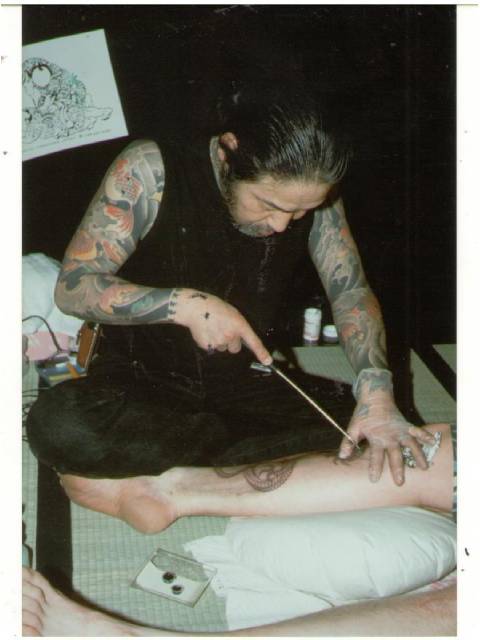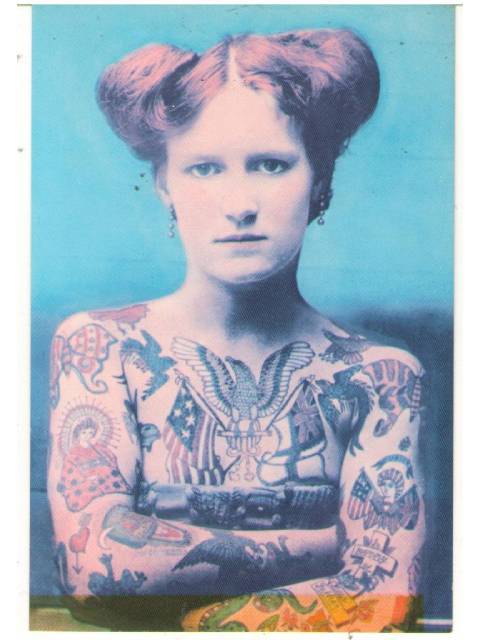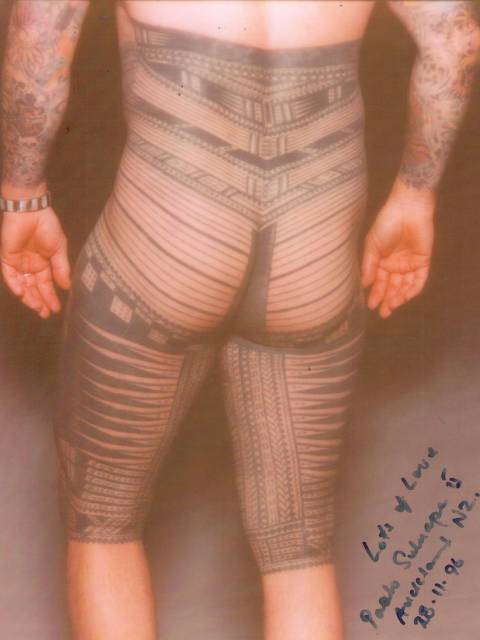Tattoos are as old as mankind. Tattooing was born together with the first forms of figurative expression. Modern tattooing instead arrived in Europe in the late 18th century during the intensification of European political and commercial interests in East Asia, Southeast Asia and Oceania. Exotic tattoos etched on skin were imported by sailors and travellers arriving from Indochina, Japan, Micronesia and Polynesia.
By the mid-nineteenth century, the tattoo fever had touched at least 15% of the population. Many groups such as factory workers, artisans, nobles, political associations and cults began using tattoos to create cohesion and enhance recognition, using icons representing hope, faith, common interest and good luck. Thus the first tattoo shops were born.
The acceptance of tattooing as a form of expression and identification climbed quickly up the social hierarchy, resulting in subject matter becoming ever more intense and ruthless as they are today. This rise was fuelled by film, television, news, cartoons, rock music and fashion with an ever evolving artistic refinement of techniques and styles that has made tattooing into a real form of art.
Since the 1980s onwards, with the refinement of techniques and materials and with the arrival of tattoo artists from the world of classic design, it is increasingly common to see realistic tattoos and abstract compositions that are very close to the world of classical art and illustration, light miles away from the principles of traditional tattooing. It was said however that a good tattoo is one whose details stood out at a distance and most importantly one that maintained good definition over time.
In our tattoo studio in Milan, this concept is still valid.


